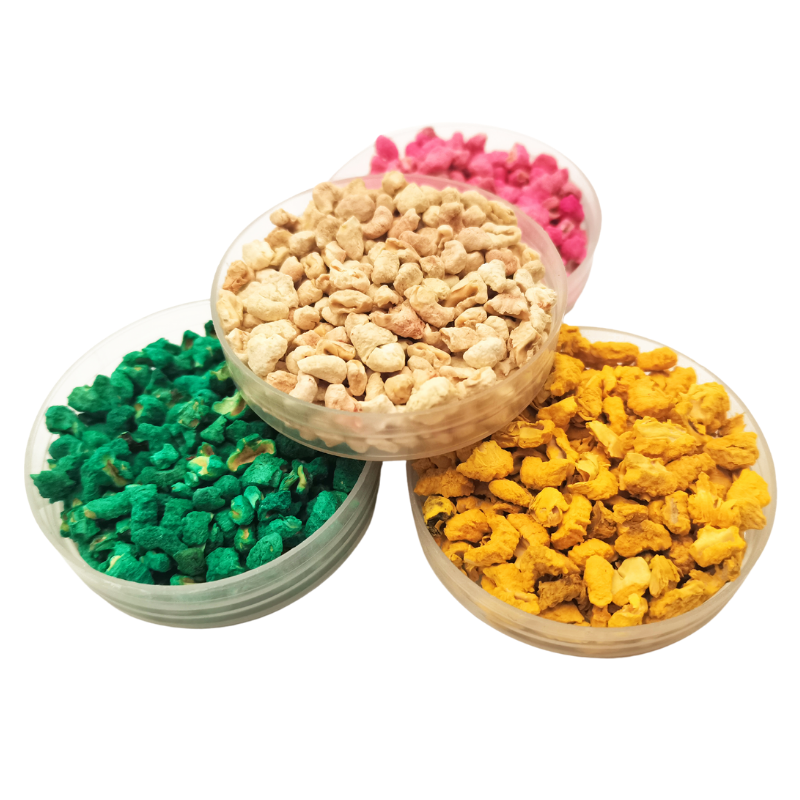
fly ash for concrete factories
The Role of Fly Ash in Concrete Production
Fly ash, a byproduct of coal combustion in power plants, has emerged as a vital component in the production of concrete. As the construction industry continues to evolve, the use of fly ash has gained popularity due to its numerous benefits, ranging from environmental sustainability to enhanced concrete performance. This article explores the significance of fly ash in concrete factories, its properties, benefits, and its potential to revolutionize the construction industry.
Understanding Fly Ash
Fly ash is a fine, glassy material that rises with flue gases during coal combustion. It is collected from the exhaust gases and can vary in composition, depending on the type of coal used and the combustion process. Fly ash is primarily composed of silica, alumina, and iron oxide, making it pozzolanic. This means that it can react with calcium hydroxide in the presence of water to form compounds with cementitious properties.
Environmental Benefits
One of the main advantages of using fly ash in concrete production is its environmental impact. Traditional Portland cement production is energy-intensive and contributes significantly to CO2 emissions. By incorporating fly ash, concrete factories can reduce the amount of Portland cement required, thereby lowering greenhouse gas emissions associated with cement manufacturing.
Furthermore, utilizing fly ash helps manage waste. With millions of tons of fly ash produced annually, finding sustainable solutions for its disposal is crucial. Instead of being landfilled, fly ash can be recycled in concrete, reducing waste and promoting a circular economy.
Enhanced Concrete Performance
The incorporation of fly ash into concrete mixes can significantly enhance the material's performance. It improves workability, reduces heat generation, and increases resistance to chemical attacks such as sulfate and chloride exposure. The fineness of fly ash allows it to fill voids in the concrete, leading to a denser and more durable product.
fly ash for concrete factories

Fly ash also has the unique ability to enhance the long-term strength of concrete. While it may initially set slower than conventional concrete, over time, the pozzolanic reactions continue to carry on, contributing to the development of strength and durability. This makes fly ash concrete particularly beneficial for structures that will endure extreme conditions or require longevity, like bridges, pavements, and high-rise buildings.
Cost-Effectiveness
From an economic perspective, the use of fly ash can lead to cost savings for concrete manufacturers. Fly ash is often less expensive than Portland cement, and its use can improve the overall efficiency of concrete production. By reducing the volume of cement required and enhancing concrete properties, manufacturers can optimize their resources and realize significant savings.
Moreover, the increased durability and resistance to weathering reduce maintenance costs over the life span of structures, providing long-term financial benefits. Many concrete structures can achieve a longer lifespan with less upkeep, which is a critical consideration in large construction projects.
Challenges and Considerations
Despite its advantages, the use of fly ash in concrete production is not without challenges. Variability in the quality and properties of fly ash can lead to inconsistencies in concrete performance. Factors like the source of the fly ash, its chemical composition, and the combustion technology used can influence its effectiveness. Therefore, concrete manufacturers must conduct thorough testing to ensure that the fly ash used in their mixes meets the necessary standards.
Furthermore, the transition to using fly ash requires education and training for workers in concrete factories. Understanding the properties of fly ash and how it interacts with other concrete components is essential for producing high-quality concrete.
Conclusion
Fly ash represents a sustainable solution for the concrete industry, offering profound economic, environmental, and performance benefits. As concrete factories increasingly embrace this material, they play a crucial role in advancing sustainable construction practices. By incorporating fly ash, the industry not only reduces its carbon footprint but also enhances the resilience and longevity of concrete structures. The future of concrete production seems promising as manufacturers continue to innovate and explore the full potential of fly ash, making it an essential element in modern construction technology.
Share
-
Fly Ash Solutions Enhanced by GPT-4 Turbo | Sustainable InnovationNewsAug.01,2025
-
Natural Premium Bentonite Cat Litter - Superior ClumpingNewsJul.31,2025
-
Premium Resin Coated Sand - High Heat Resistance CastingNewsJul.31,2025
-
High Quality Silicon Carbide Grit for Abrasive ApplicationsNewsJul.30,2025
-
High-Quality Ceramsite for Plants & Gardening | Lightweight PebblesNewsJul.29,2025
-
Premium Burgundy Glass Marbles for Vases & Shooter GamesNewsJul.29,2025






